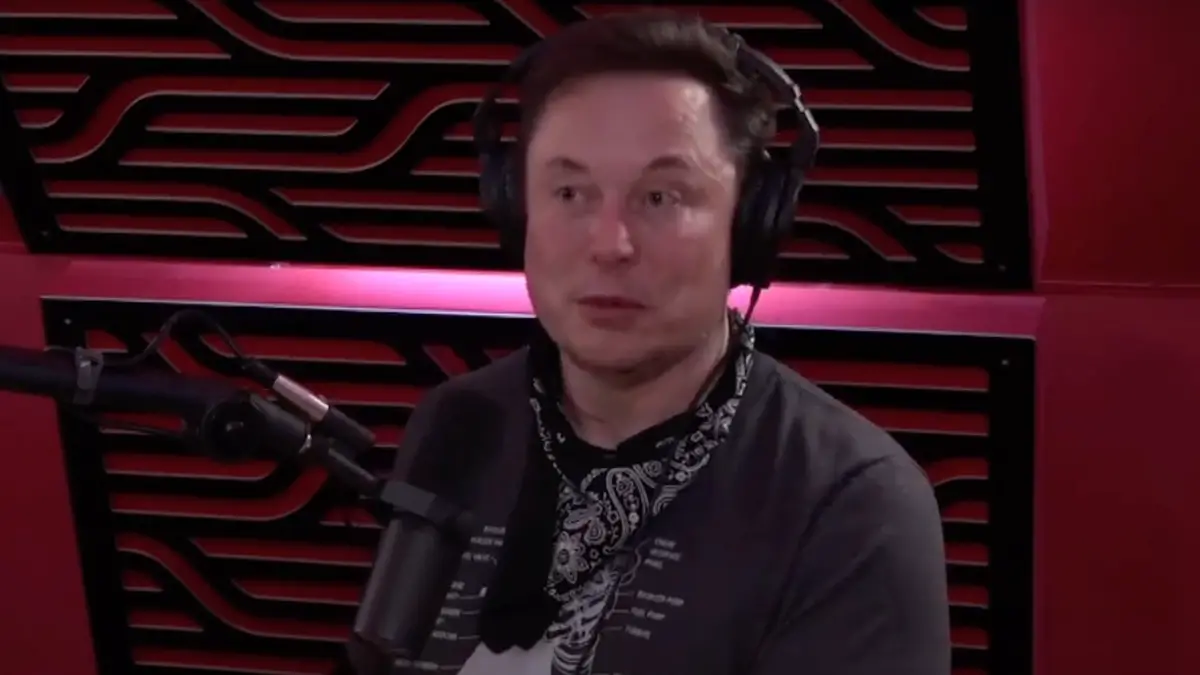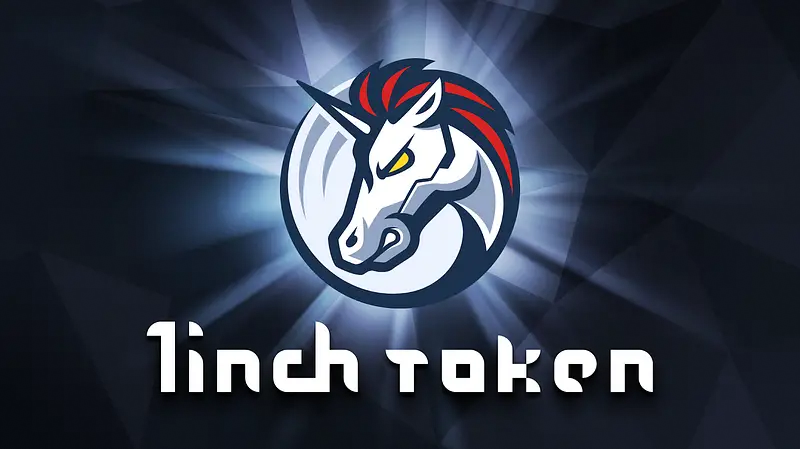
- The modular, POS-based structure of IOTA supports fast upgrades and wide applications in the real economy.
- XRP is established in the global payment market, but only limited flexible, while Iota routinely works with smart contracts.
In a comparison recently published by Cigamatoi, two of the oldest crypto projects-IOTA and XRP-side were assessed by side. This led to a direct reaction from Iota founder Dominik Schiener, who welcomed the analysis and even possible cooperation indicated.
Since the blockchain industry develops beyond payment efficiency, the blatant difference in the network structure and the long-term ambitions of these platforms has become increasingly clear.
XRP, which is more than a decade old, was originally developed for cross -border payments. His speed and simplicity helped him to accept early acceptance with banks and financial institutions. However, his focus remained close – liquidity and payment rails for the banking world.
In contrast, IOTA has spent years building a completely new infrastructure that is intended to support digital identity, tokenized real assets and scalable decentralized applications.
GM $IOTA fam!
Today I’ll try something new:
IOTA Rebased vs XRP – two networks, two directions
Vision
XRP was built for fast cross-border payments – efficient, but narrow in scope.
IOTA is a ground-up infrastructure for real-world assets, digital identity, and decentralized… pic.twitter.com/3fumAvjaIa
– Cigamatoi (@cigamatoi) July 18, 2025
System bases reflect different visions
From an architectural point of view, the contrast is significant. However, the monolithic architecture of XRP is firm and only optimized for fast transactions. It is based on a federal consensus model with the help of Unique Node Lists (UNLS), most of which are still connected to ripple. Compared to IOTA, which is based on the permission -free Proof of Stake (POS), it is both decentralized and dynamic enough to support fluctuating conditions.
The modularity of IOTA enables upgrades and extensions without the core having to be redesigned. As a result, the network can react better to emerging applications such as ESG tracking, machine management and supply chain management. This flexibility is of crucial importance, since new sectors enter the web3 room and demand real benefits.
While XRP is still developing its Smart Contract functionality as part of the “Hooks” initiative, Iota already has fully integrated native smart contracts. These enable developers to create more versatile applications without having to wait for future updates.
Performance, fees and governance – growing gap
When comparing the performance, Iota made a clear jump. Tests with mythicevm show that the network copes with more than 5,000 transactions per second (TPS), the goal is over 50,000 TPS. XRP, on the other hand, copes with around 1,500 TPS, with some claim to achieve 4,000 TPS. The transaction duration at IOTA is less than a second, but 3-5 seconds for XRP.
Governance and the economic structure are also important differences. XRP has a fixed stock, and a large part of its distribution took place early, which led to a centralized supply problem. At IOTA, on the other hand, staking has already been introduced and there is a dynamic token economy. Governance decisions are made by the community at IOTA-in contrast to Ripple’s influence on XRP. Dominik Schiener noted reacted to the published comparison:
“A really nice comparison of IOTA and XRP. Two OG projects that are over a decade and have many great similarities. One from Europe with access to the USA, one from the USA with access in Europe. There are many great lessons from the XRP community and I would like to see more cooperation …”







No Comments